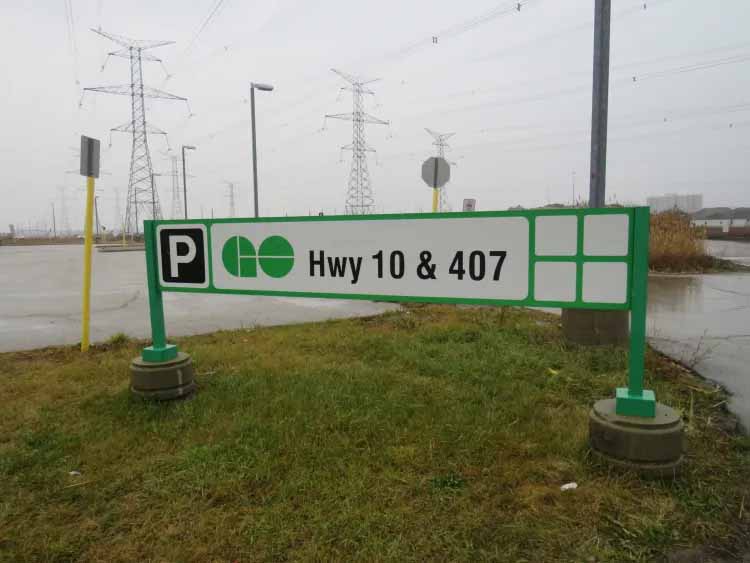Toronto’s relentless traffic problem remains one of the city’s greatest challenges. From the overburdened 401 to congestion spilling onto surrounding streets, the region’s infrastructure struggles to keep pace with its growing population. Premier Doug Ford’s musings about buying back the 407 toll highway have reignited debates over how best to address the crisis. But is a $35 billion reclamation of the 407 the answer—or should we be thinking more broadly?
The Temptation of the 407
The 407 stands as a shining example of smooth-flowing traffic in a sea of clogged roadways. Built in the 1990s and privatized shortly thereafter, it offers drivers a faster route—at a price. The idea of making the 407 a public highway, with its tolls removed or reduced, has appeal. It promises to redirect traffic away from the 401 and make commutes more accessible to all. However, the staggering cost of reacquiring it raises questions about whether this move would be fiscally prudent. Could that money be better spent elsewhere?
Building for the Future
Rather than buying back the 407, one option might be to invest in new infrastructure altogether. Ontario could explore building additional highways to alleviate bottlenecks. New routes, strategically placed and designed with modern needs in mind, could spread out traffic and serve underserved areas. But highways are not quick solutions—they require years of planning, approval, and construction. And they don’t address a deeper question: Do more roads simply encourage more driving?
Expanding Public Transit
Another way forward might focus on reducing the number of cars on the road altogether. Enhancing Toronto’s public transit system—extending subway lines, improving GO Train service, and adding dedicated bus routes—could offer commuters a viable alternative to driving. Transit projects aren’t cheap, but they often provide more sustainable long-term solutions. When paired with incentives for transit use and disincentives for car travel, such as congestion pricing, they could shift the region’s reliance on personal vehicles.
Tolls and Pricing: A Balanced Approach?
For all the controversy surrounding tolls, they remain an effective tool for managing traffic. Dynamic tolling, where prices fluctuate based on demand, has proven successful in places like Singapore and New York City. It encourages off-peak travel and funds road maintenance. Ford’s removal of tolls from Highways 412 and 418 reflects his stance against user fees, but it also removes a potential revenue stream for infrastructure investment. Could a middle ground—such as partial tolling or reduced rates—strike the right balance?
Technology and Smart Infrastructure
Beyond traditional solutions, technology offers untapped potential. Smart traffic systems that use real-time data to adjust light timings and manage traffic flow could make better use of existing infrastructure. Investments in electric and autonomous vehicle infrastructure might not reduce congestion immediately, but they could make traffic more efficient and environmentally friendly in the long run.
Thinking Holistically
The debate over the 407 is emblematic of a larger question: How should we approach infrastructure challenges in a rapidly growing urban region? Toronto’s traffic crisis isn’t just a problem of capacity; it’s a symptom of how the city and its surroundings have been designed. Addressing it will require a mix of short-term fixes, like traffic management systems, and long-term strategies, such as rethinking land use and encouraging sustainable transit.
While buying back the 407 might seem like a bold solution, the real answer may lie in a combination of smaller, smarter moves. Perhaps the way forward isn’t about one big idea, but many interconnected ones, all aimed at creating a more efficient and livable city.

